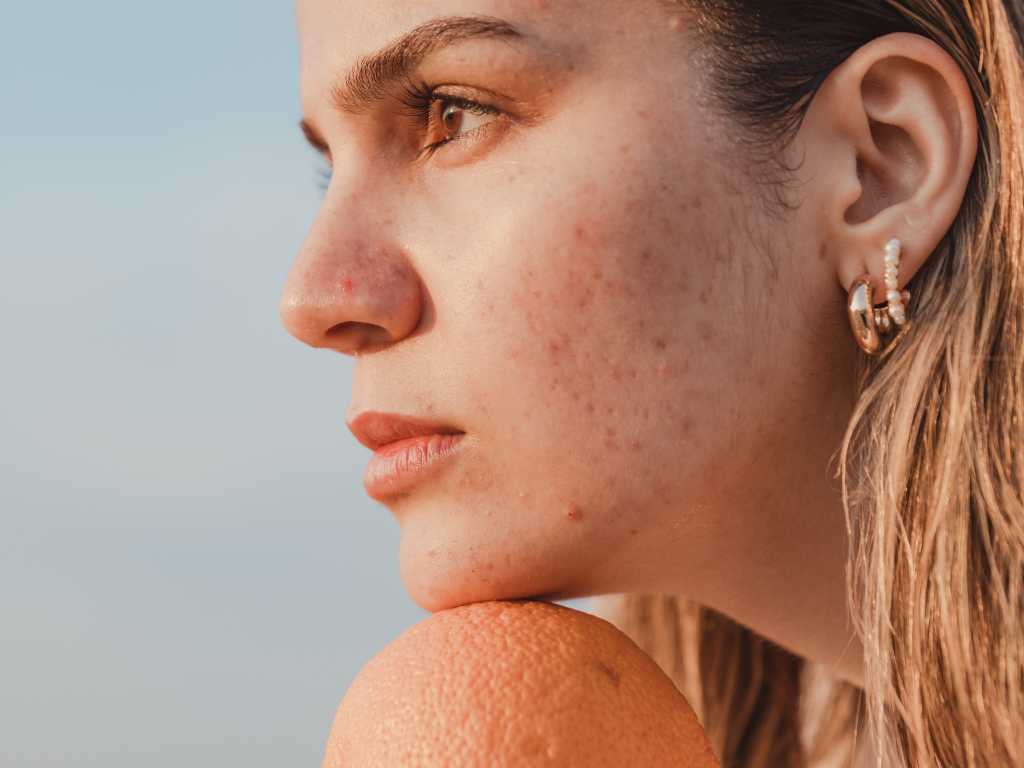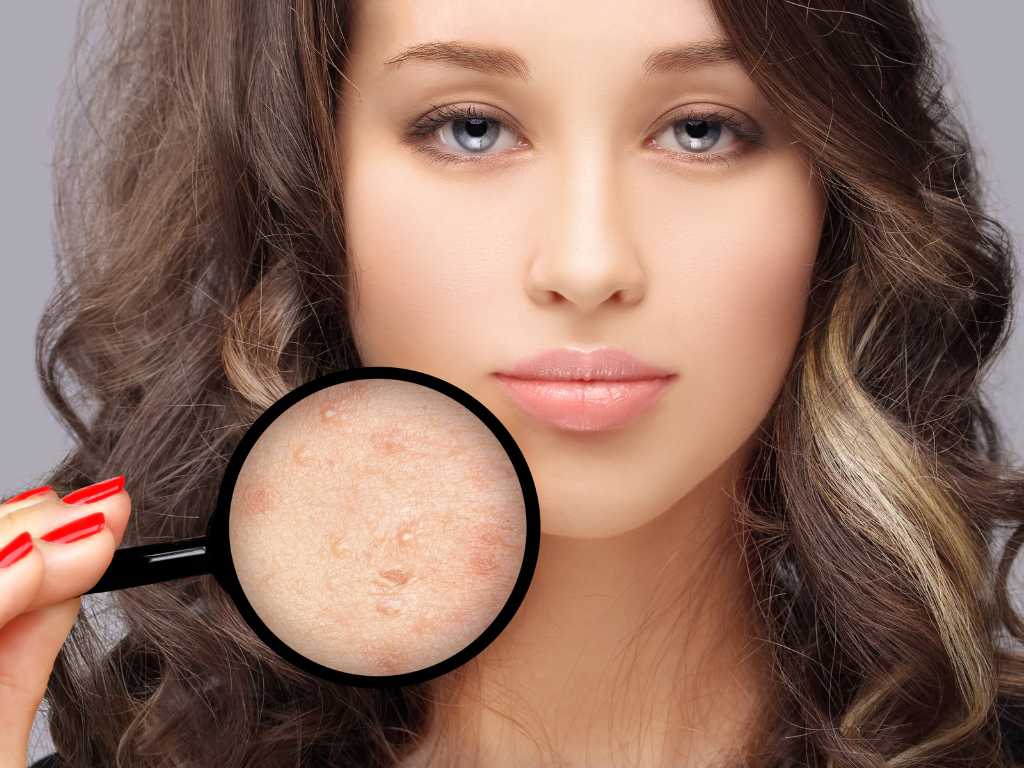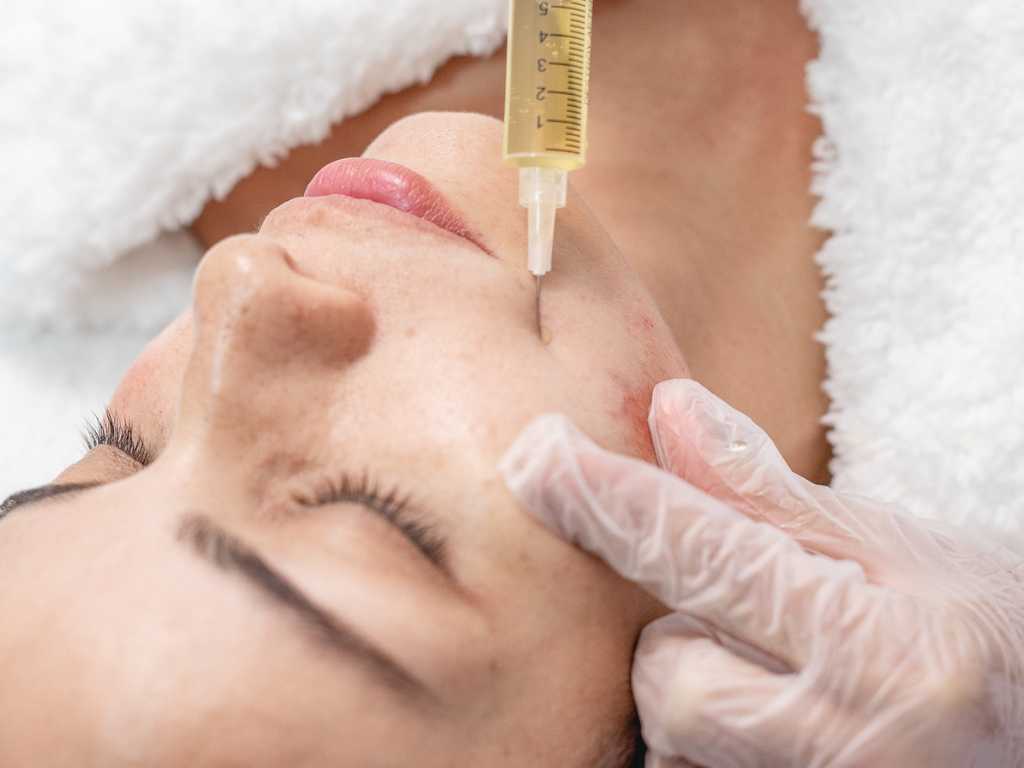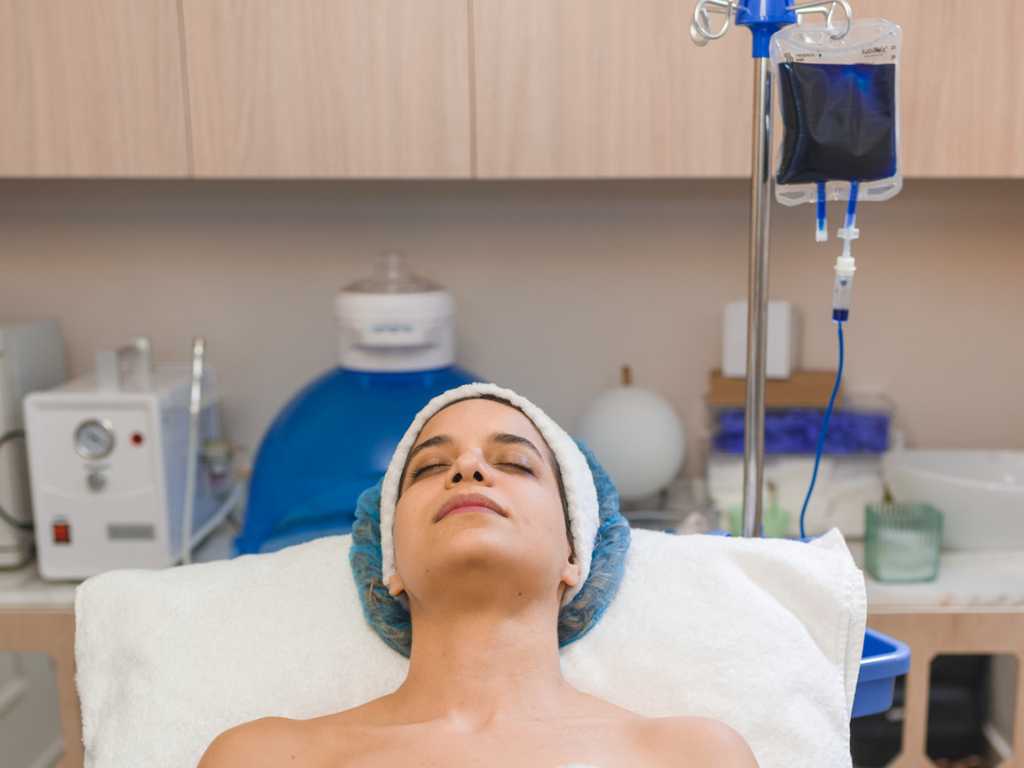Have acne scars It's a common challenge faced by many people. These skin tags can significantly affect the confidence and self-esteem of those who suffer from them. Fortunately, all is not lost. In this article, we'll explore the different options and treatments available to address them. We'll discover how to improve their appearance and regain confidence in our skin. Join us on this journey to discover effective solutions and renew your confidence!
Why does acne occur?
Acne occurs when skin pores become clogged. Inside our pores, there are glands that produce oil called sebum. Sebum is important because it helps keep our skin soft and healthy.
However, when our pores become clogged, sebum cannot reach the skin's surface. This creates a breeding ground for bacteria to grow inside the clogged pores. The bacteria can cause inflammation and the formation of red, swollen spots, known as blackheads.
There are several reasons why pores can become clogged. One of them is the increase in hormones in our bodies during puberty, which causes the glands to produce more sebum. Additionally, the use of very oily hair or skin products, prolonged contact with dirty objects (such as phones or pillows), stress, and certain foods can also contribute to clogged pores.

Why do scars form?
Acne scars form due to the way the skin heals after the inflammation caused by acne. When you have acne, your skin's pores become clogged with sebum, dead skin cells, and bacteria, leading to the formation of pimples and inflammation.
During the healing process, the body works to repair damaged skin. In some cases, this healing process can generate excess collagen in the affected area. In others, tissue loss occurs.
It's important to keep in mind that the severity of acne, skin type, and genetic predisposition can influence the likelihood of developing scars. Furthermore, manipulating or squeezing acne pimples increases the chance of scarring.
To reduce the risk of scarring, it's essential to maintain a good skincare routine, avoid squeezing pimples, and seek appropriate acne treatments.
Types of acne scars
Acne can leave several types of scars on the skin. Here are some of the most common:
- Atrophic scars: These are depressions in the skin that form when tissue is lost during acne healing. They can be of different types, such as ice-pick scars (small and deep), box-shaped scars (with well-defined edges), or rolling scars (with smooth, wavy edges).
- Hypertrophic scars: These are raised areas of the skin that form due to excessive collagen production during acne healing. These scars are typically red and raised, and may appear in areas where severe acne has occurred.
- Keloid scars: These are similar to hypertrophic scars, but extend beyond the original area of the injury. They are more common in people with a genetic predisposition to keloid formation.
- Post-inflammatory hyperpigmentation spots: These are not scars per se, but are darker areas of skin that remain after acne has healed. They occur due to the overproduction of melanin in response to inflammation.
It's important to note that each person may have a unique combination of acne scar types. Furthermore, acne scars can vary in appearance and severity, depending on factors such as genetics, acne severity, and skincare habits.

Acne scars: how to remove them?
If you have acne scars, I want you to know that there are solutions and treatments available to improve their appearance. Although scars can be uncomfortable, there are options that can help you feel better about your skin.
Some of these treatments are:
- Laser therapies: These treatments use light beams to improve the appearance of acne scars. They help stimulate collagen production in the skin and smooth out irregularities.
- Chemical peels: Chemical peels involve applying a special solution to the skin to exfoliate it and promote new cell regeneration. This can help soften scars and improve skin texture.
- Microdermabrasion: This treatment uses a special device to exfoliate the top layer of skin, removing dead cells and stimulating collagen production. It can help reduce the appearance of scars.
- Dermal fillers: In some cases, dermal fillers can be used to elevate atrophic scars, filling in the depression in the skin and making them less visible.
It's important to remember that each person is unique, and what works for one person may not work for another. That's why it's crucial to schedule an assessment to evaluate your situation and design a personalized treatment plan.
Plasma and serum therapy: a next-generation hybrid treatment

If you have acne scars and are concerned about their appearance, I want you to know that there are options that can give you hope. The combination of platelet-rich plasma (PRP) and serum therapy has proven to be a powerful tool in the quest for softer, healthier skin.
The combination of PRP therapy and serum therapy is an effective option for treating acne scars. serum therapy It involves the administration of intravenous fluids containing nutrients and vitamins essential for skin health. Combining this technique with plasma therapy provides a comprehensive approach to improving the appearance of scars and promoting healthier skin overall.
PRP, obtained from a small amount of the patient's blood, is applied directly to the scars or injected into specific areas of the skin. This combination of treatments can enhance the individual benefits of each, stimulating skin regeneration and promoting a better response to plasma therapy.

In conclusion, if acne scars worry you and you want to improve their appearance, I invite you to take action and schedule an assessment appointment At Carmen J Guerra Medical Aesthetic Center, we will personally evaluate your scars to recommend the most appropriate treatment options, such as plasma therapy, serum therapy, or other advanced procedures. Schedule your appointment today and take the first step toward healthier, scar-free skin!
